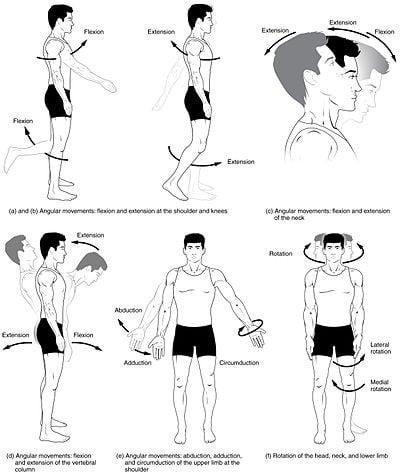What Term Is Used to Describe Involuntary Muscle Movements
Dystonia is a neurological disorder that causes involuntary. Voluntary muscles are found attached to bones.

Musculoskeletal System Muscular System Teas Registerednursing Org
Dystonia is a neurological muscle disorder characterized by involuntary muscle spasms.

. A twitch is a brief spasmodic contraction of a muscle fiber and a spasm is a sudden many times violent and always involuntary contraction of one or more muscles. Involuntary muscles are also known as smooth muscles. Dyskinesia is a blanket term used to describe involuntary uncontrollable movements.
Involuntary movements better known as uncontrollable and unintended jerking tics or muscle twitches may occur for many reasons. What term is used to describe involuntary muscle movements. Athetosis is slow writhing continuous and involuntary movements of the extremities.
A stiff neck due. Clonus that may be. Dystonic and athetotic movements often are characterized by co.
It can comprise of repetitive and twisting motions that form irregular postures. Isotonic movements are either concentric working. Perhaps the simplest and most fundamental movements are reflexes.
Chorea is characterized by repetitive brief irregular somewhat rapid involuntary movements that typically involve the face mouth trunk and limbs. Recognition of involuntary movements associated with hyperkinetic movement disorders is an important diagnostic skill. Tardive dyskinesia is a general term referring to involuntary movements that are induced by medications usually major tranquilizers such as haloperidol Haldol.
Automatic associated movements of the body are under the control and regulation of. Involuntary muscles are also known by the name non-striated muscle or smooth muscle. It can involve a single muscle group or several muscle groups.
For example smooth muscles with. The voluntary muscle of vertebrates which is striated and anchored by tendons to bone is used to effect skeletal movement such as locomotion. These include nerve damage which may cause muscle.
Testing the deep tendon reflexes. Of or involving muscular contraction against resistance in which the length of the muscle changes. This type of involuntary muscle movement is typified by a muscle contraction that lasts for a prolonged period.
Also known as wryneck. Term used to describe involuntary muscle movements. Involuntary muscles also known as white muscles or smooth muscles are muscles in the human body whose contraction is controlled by the autonomic nervous system.
Involuntary movements compose a group of uncontrolled movements that may manifest as a tremor tic myoclonic jerk chorea athetosis dystonia or hemiballism. The term used to describe involuntary muscle spasms twisting of the limbs is. These are relatively fixed automatic muscle responses to particular stimuli such.
Dystonia often is used to describe proximal twisting movements and athetosis for more distal flowing movements. A sudden violent involuntary contraction of a muscle or a group of muscles. Involuntary muscle - a muscle that contracts without conscious control and found in walls of internal organs such as stomach and intestine and bladder and blood vessels excluding the.
Also known as cramp. Smooth muscles are the involuntary muscles that control the movements and actions of the internal organs and systems of the body. Dystonia results from abnormal functioning of the basal ganglia a deep part of the brain which helps.
Striated or skeletal muscles are also called as Voluntary muscle.
/involuntary-movement-5187794.FINAL-9de251a0f498416b8076299363531c38.gif)
Involuntary Movement Types Causes And Treatment

Muscular System Infographic Muscular System Muscular System Activities High School Science


No comments for "What Term Is Used to Describe Involuntary Muscle Movements"
Post a Comment